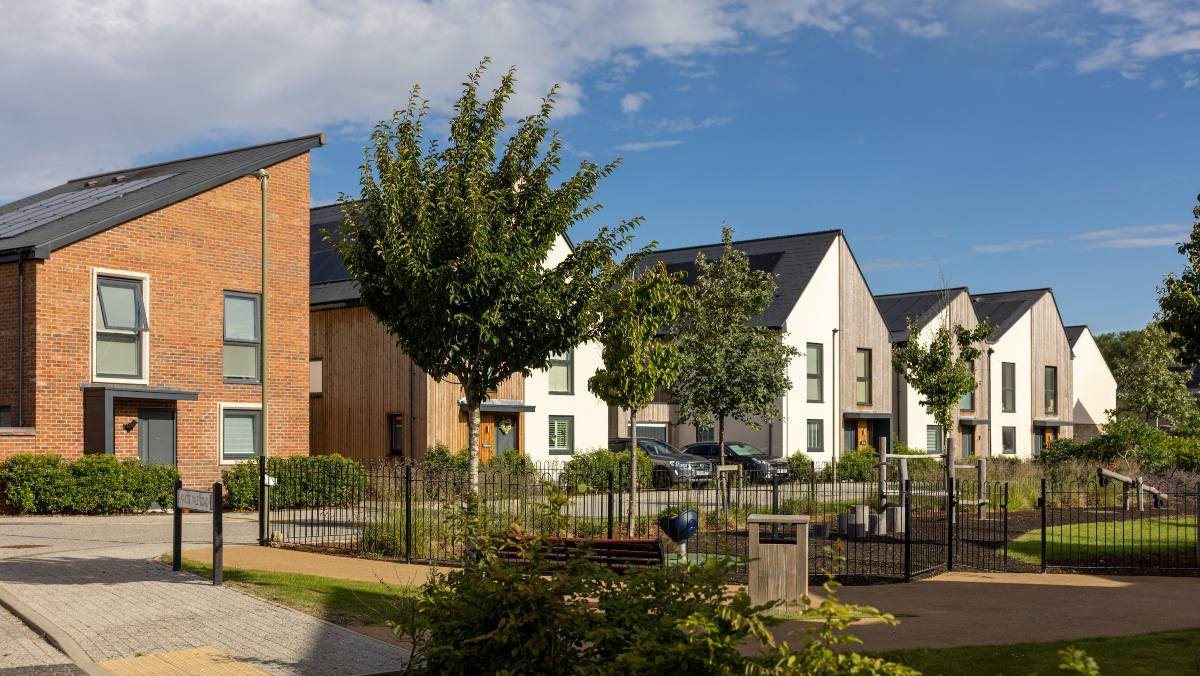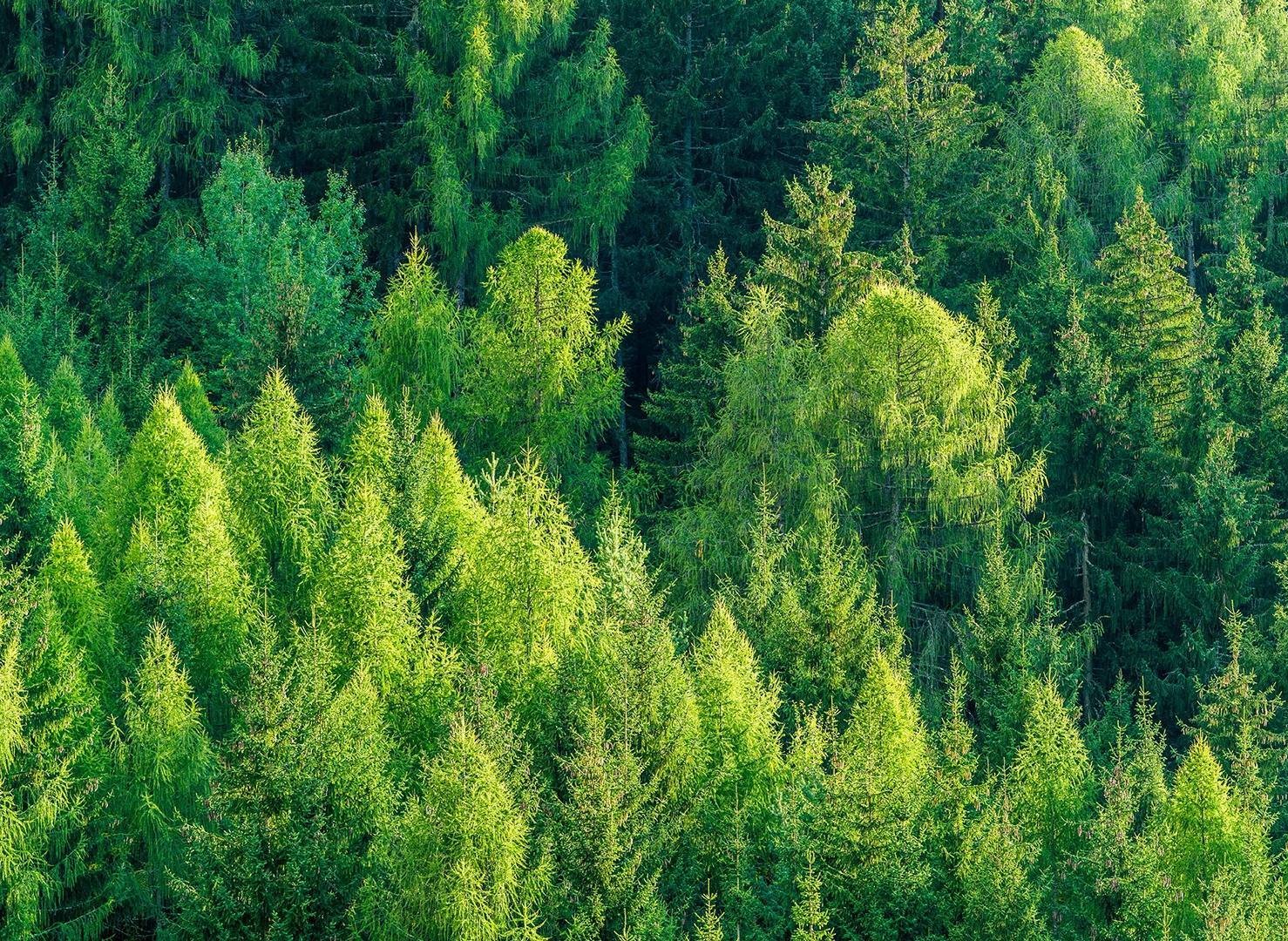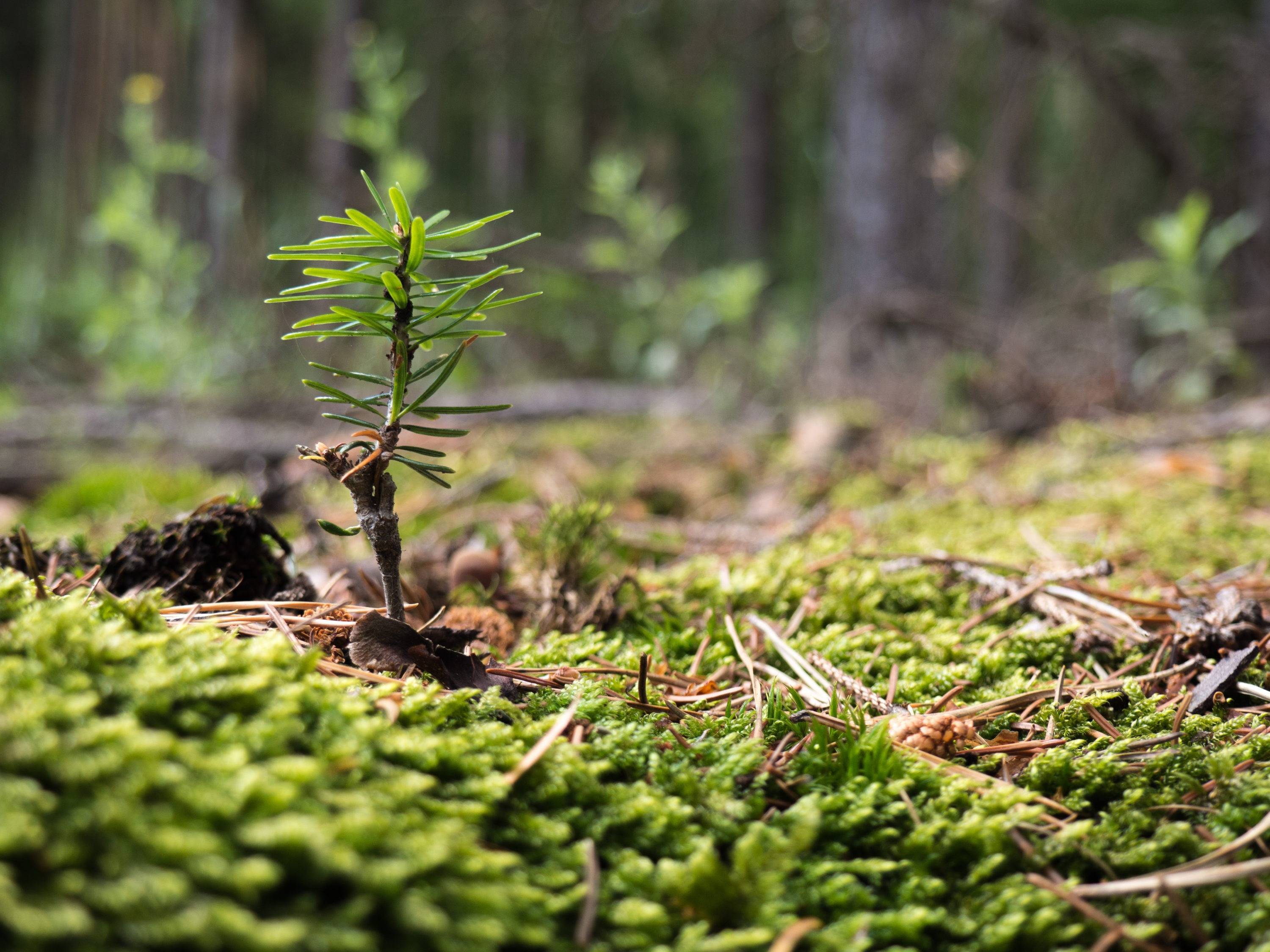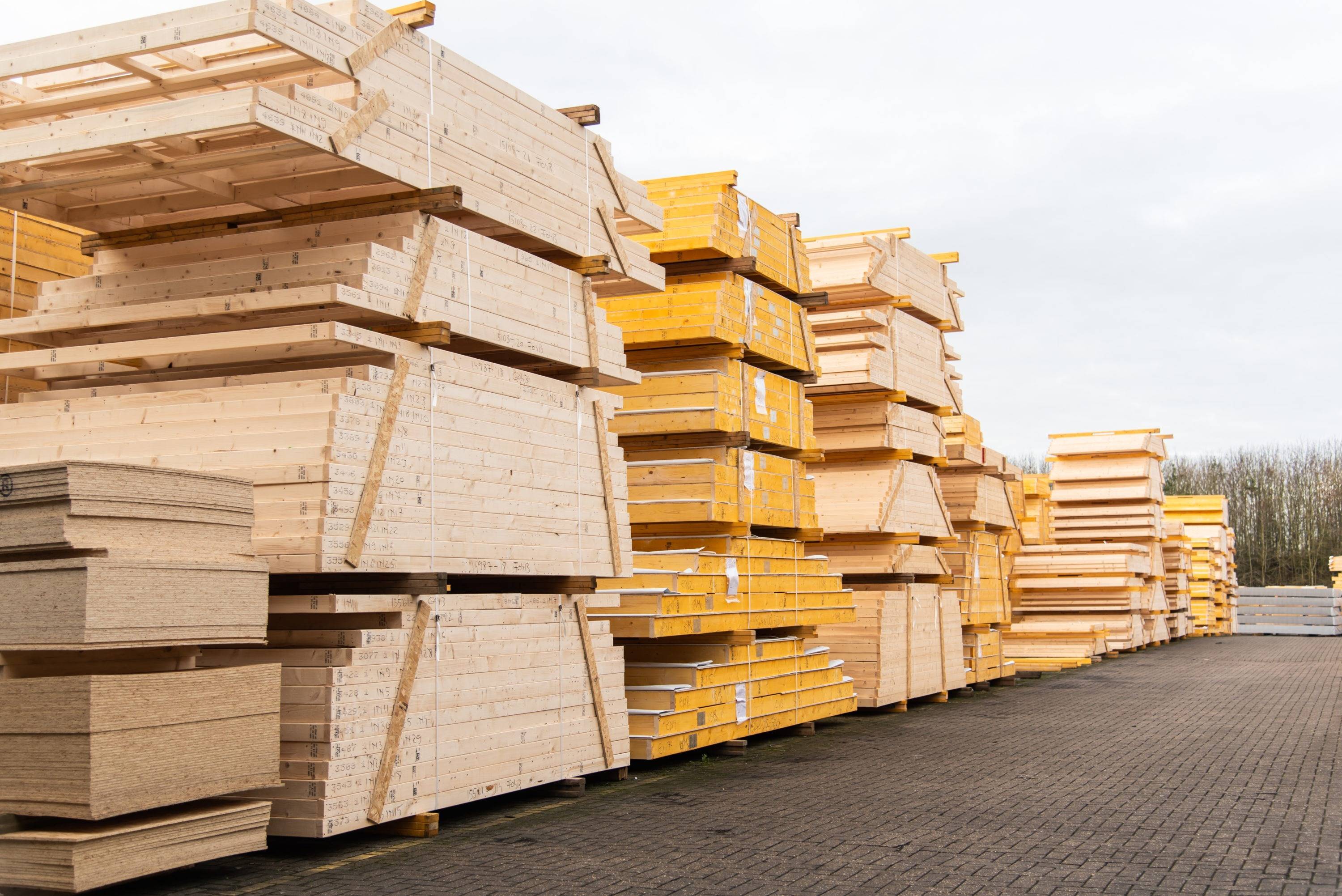What we do
At Donaldson Timber Systems, sustainability is built into everything we do. Our timber frame systems are manufactured using responsibly sourced, low-carbon timber — helping customers cut embodied carbon while improving energy efficiency. With over 150,000 sustainable homes delivered, we combine proven expertise, accredited products, and innovative offsite methods to reduce waste, optimise materials, and speed up delivery.
Our aim is to be your trusted partner to meet net zero goals, achieve Future Homes Standard compliance, and deliver sustainable, high-quality housing at scale.

Environmental Product Declaration
An environmental product declaration, or EPD, is an independently verified document that transparently reports the environmental impact of a product or material, based on a product life-cycle assessment(LCA). The LCA evaluates the environmental effects throughout the product’s lifecycle, from raw material extraction to disposal. EPDs, derived from these LCAs, support carbon emission reduction targets by enabling comparisons of the environmental impacts of different materials and products, helping to select the most sustainable option for buildings and infrastructure.
- Architects, engineers and designers are able to choose the most sustainable option for their project.
- Manufacturers are able to optimize the impact of their products and market their carbon transparency.
- EPDs help to achieve EPD and LCA credits in certification schemes, like LEED, BREEAM, and others.
Our EPD Certificates
-
Alpha Open PanelAlpha Open Panel
-
Alpha FermacellAlpha Fermacell
-
Sigma II C-StudsSigma II C-Studs
-
Sigma II Solid Stud Closed PanelSigma II Solid Stud Closed Panel
-
Delta Pre-Insulated PanelDelta Pre-Insulated Panel

Future Homes Standard compliance made easier
The Future Homes Standard will require all new homes to meet stricter energy efficiency and carbon reduction targets. Our timber frame systems are designed with compliance in mind, offering high thermal performance, airtightness, and flexibility to integrate renewable technologies. Partnering with Donaldson Timber Systems ensures projects are future-proofed, compliant, and competitive.
Minimising waste and maximising efficiency
Offsite construction allows us to manufacture in controlled environments, ensuring material efficiency and reducing waste. Precision engineering delivers consistent quality, fewer defects, and less rework onsite. By streamlining processes, we help customers achieve predictable outcomes, control costs, and improve sustainability — all while accelerating build programmes


Meeting net zero goals through offsite construction
Our offsite timber frame manufacturing supports net zero ambitions by improving build efficiency and reducing onsite emissions. Pre-manufactured precision panels minimise waste, streamline logistics, and cut the need for carbon-intensive processes. With more than 150,000 sustainable homes delivered, DTS helps customers scale up delivery while staying aligned with the UK’s net zero housing strategy.
